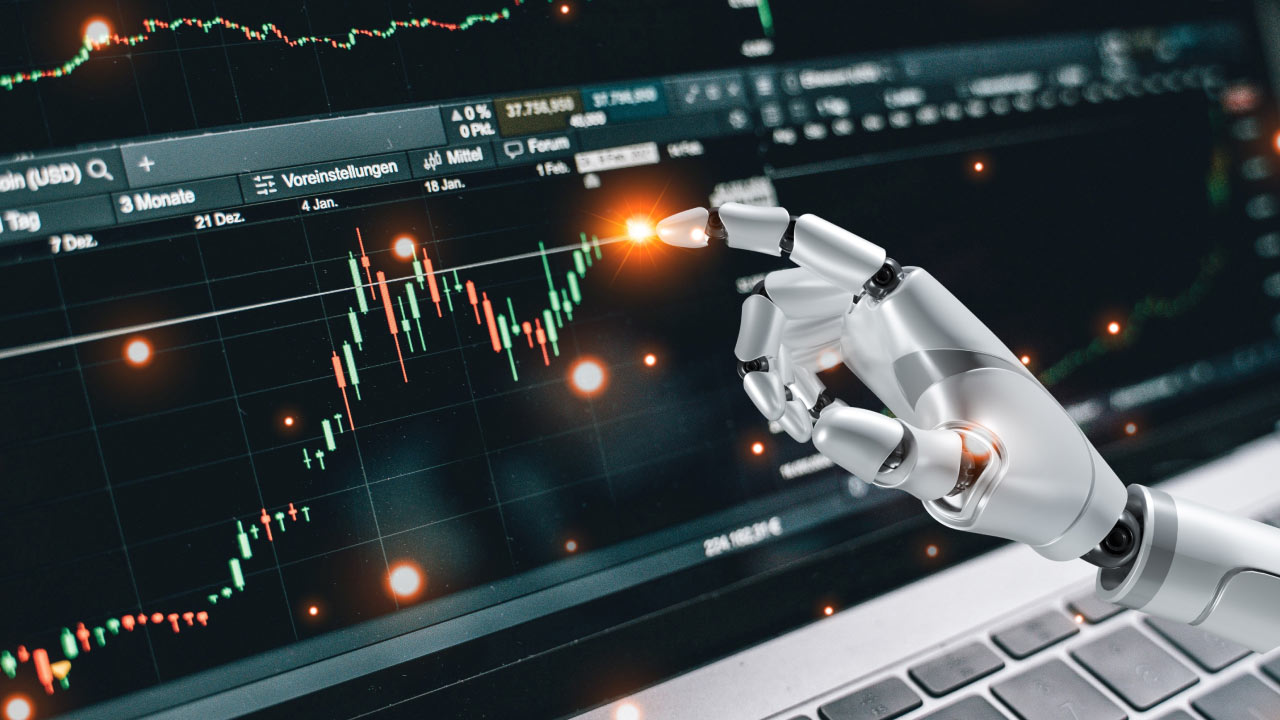
Trading in the financial markets can give good rewards yet can be risky because futures trading has some complexities, especially for beginners. One of the best methods to develop these skills without losing real money is through paper trading. For those who want to work with the best prop firms for futures, learning what paper trading is and using appropriate tools and platforms can be a game-changer.
Understand What is Paper Trading
So what is paper trading?. This is trading pretty much on paper since it did not involve real money. From the definition above, an investor can make imaginary trades, follow results, and analyze the strategies at no risk. The old term "paper" actually came from the times when physical paper was used to record trades before the computerized world, but nowadays, everything has been quite smooth sailing thanks to software platforms which can do all the simulating magic.
Paper trading serves numerous purposes. For the novice, it should provide insight into how the market works, drawings, and trading strategies without financial pressure. Advanced professionalism, on the other hand, uses this same method to test new strategies or become accustomed to change within various markets. With regards to futures trading, where low leverage can multiply both profit and loss, the value of paper trading increases even further.
The Importance of Paper Trading for Prop Firm Traders
Prop firms are proprietary trading firms which allow traders to trade the capital of the firm in exchange for a share of profits made from the portfolio. The best prop firm for futures often has the most stringent evaluations to assure that funding is only given to a trader with the best skills and discipline. One common practice would be to conduct a simulated trading stage.
The trading phase is just what it implies. Traders must take the time to practice their management of risk, strategy execution, and consistency in the operation. This phase offers all prop firm candidates a chance to show that they are capable of handling volatility, good entry and exit planning, and adherence to a trading plan, which is critical in a professional trading environment. Paper trading allows traders to adapt to the precise platforms prop firms use, getting them ahead of the game before trading with real capital.
Best Paper Trading Software
The right paper trading tool is just as critical as the practice itself. Most of the best prop firms for futures recommend platforms resembling real-life trading conditions as closely as possible.
1. MetaTrader 5 (MT5) – Versatile and popular among futures traders, MT5 is able to provide real-time data for advanced charting tools and the possibility for algorithmic trading. It allows traders to test strategies on historical data, then run paper trades with the aforementioned live conditions.
2. Thinkorswim, by TD Ameritrade – The most accurate paper trading environment, as it includes features related to futures contracts; however, you should understand the robustness of its technical analysis tools, which makes this platform excellent for learning risk management and strategy testing.
3. NinjaTrader – This is also the choice of most futures traders. NinjaTrader provides a grand scale simulation environment. It allows the backtesting and forward testing making it much easier for traders to refine strategies before they live.
4. Interactive Brokers Paper Trading Account – Interactive Brokers also has a simulated account just the same with its actual setup. Thus, traders could get experience with actual market mechanics, order types, and trading tools.
Platforms Recommended by the Best Prop Firms for Futures
When you plan to trade in a prop company, it is important to align your paper trading platform with that which the prop company uses. The best prop firms for futures usually recommend the following platforms:
Trading Technologies (TT) – This is used by most professional traders and most prop firms because of its speed and precision.
CQG Direct market access and a reliable environment for high-frequency futures trading practice.
Rithmic – Low-latency data feed, which is essential for executing quick-testing strategies.
Both have the following common features on the paper trading platforms that traders require:
These types of assignments help traders, during paper trading, understand order types, slippage, and market depth, which are critical factors when trading for a prop firm.
Effective Paper Trading Tips
1. Treat It Like Actual Trading – Keep track of your trades, manage your risks, and abide strictly by your plan.
2. Review Results – Look at winning and losing trades for patterns or mistakes.
3. Gradual Movement – Paper trading helps build confidence and polish strategies before putting them directly into live accounts.
4. Incubate Requirements with Prop Firm – Prop firm standards should apply to the method and platform you use.
Conclusion
Right understanding of what is paper trading and development of appropriate tools would be important to aspiring traders hoping to make their way through the best prop firms for futures. Drop the cash exposure: risk management, opening doors to professional platforms for traders, and practice strategies on where they'll face real money while paper trading. Most simulation platforms like Metatrader 5, Thinkorswim, and NinjaTrader are realistic enough, and compliance with tools recommended by top prop firms could bring the trader closer to success.
Traders have to hold on to their paper trading by discipline, analysis, and consistency, therefore gaining the experience and confidence needed to transfer smoothly into live futures trading-that is turning a simulated success into real-world profitability.
